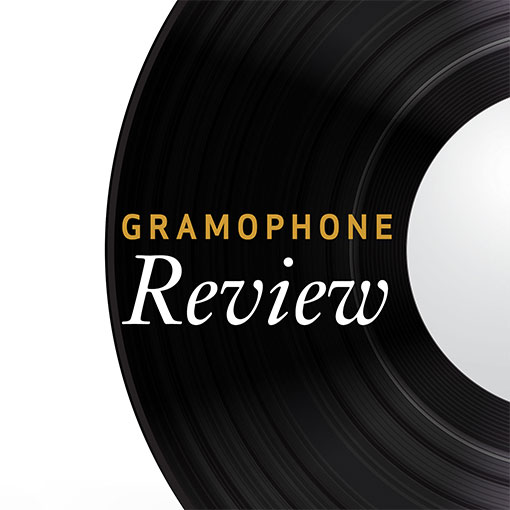Schubert Symphonies Nos 4 and 5
Early Schubert masterpieces played with the clarity of chamber music
View record and artist detailsRecord and Artist Details
Composer or Director: Franz Schubert
Genre:
Orchestral
Label: Pentatone
Magazine Review Date: 3/2010
Media Format: Hybrid SACD
Media Runtime: 68
Mastering:
Stereo
DDD
Catalogue Number: PTC5186340

Tracks:
| Composition | Artist Credit |
|---|---|
| Symphony No. 4, 'Tragic' |
Franz Schubert, Composer
Franz Schubert, Composer Gordan Nikolic, Conductor Netherlands Chamber Orchestra |
| Symphony No. 5 |
Franz Schubert, Composer
Franz Schubert, Composer Gordan Nikolic, Conductor Netherlands Chamber Orchestra |
Author: Edward Greenfield
When the composer can only have heard his early symphonies played impromptu by groups of his friends, there is much to be said for performances like these on a chamber scale with the leader directing from the first violin desk. Both these works date from 1816, when Schubert was still in his teens, and the freshness of the invention, particularly in No 5, is irresistible.
The very opening demonstrates the young Schubert’s originality, when it seems to start in mid-sentence on a phrase that is off-hand, almost as though the music has just emerged into human hearing. Nikolitch and his fine team phrase it beautifully with a convincing degree of rubato, and very quickly the advantages of a performance on chamber scale become apparent when the woodwind have extra clarity as well as prominence, even while the strings, relatively thin, are clear and fresh.
The same is true of the Allegro vivace finale, which is light and fast with good contrasts. The flowing Andante slow movement, much the longest of the four, is neat and nicely scaled, while the third movement (labelled Menuetto despite the Allegro molto indication) is well sprung with sharp accents leading to a more relaxed Trio.
Symphony No 4 is traditionally entitled the Tragic because of its key of C minor and the Beethovenian gravity of the very opening with its big timpani roll, all the more prominent in a performance on this scale. The slow introduction leads to an athletic Allegro molto with leaping triplets, crisply played here.
The slow movement – as in No 5 much the longest of the four – flows with gentle lyricism, while the third movement has accents so placed that initially there is a hint of quadruple time, leading to a Ländler-like Trio. The minor key of the finale and the light clarity of the textures make it sound like an anticipation of Mendelssohn, all well achieved in this performance. An excellent issue of distinctive performances in a relatively rare coupling. Vivid recording in Super Audio.
Discover the world's largest classical music catalogue with Presto Music.

Gramophone Digital Club
- Digital Edition
- Digital Archive
- Reviews Database
- Full website access
From £8.75 / month
Subscribe
Gramophone Full Club
- Print Edition
- Digital Edition
- Digital Archive
- Reviews Database
- Full website access
From £11.00 / month
Subscribe
If you are a library, university or other organisation that would be interested in an institutional subscription to Gramophone please click here for further information.





